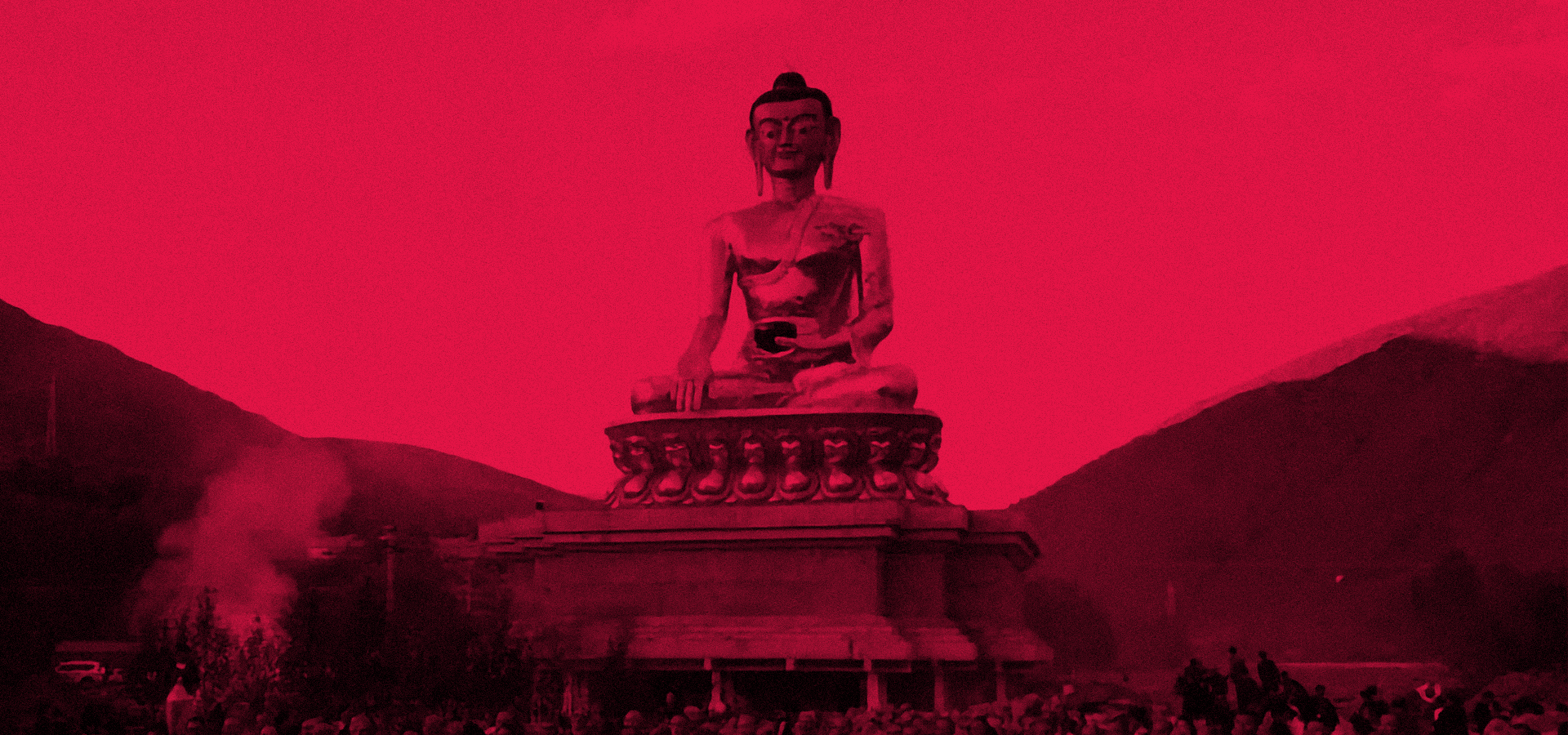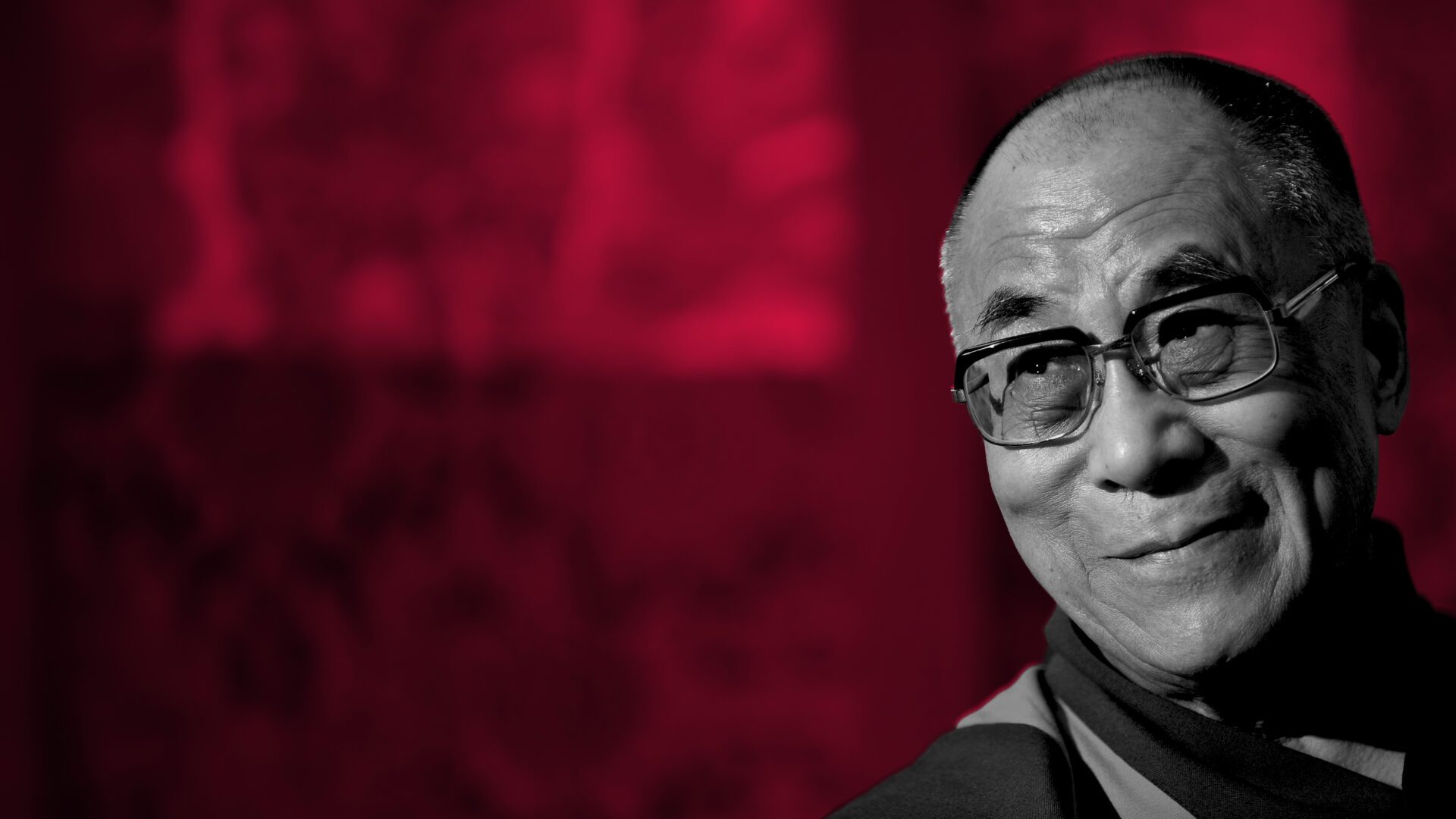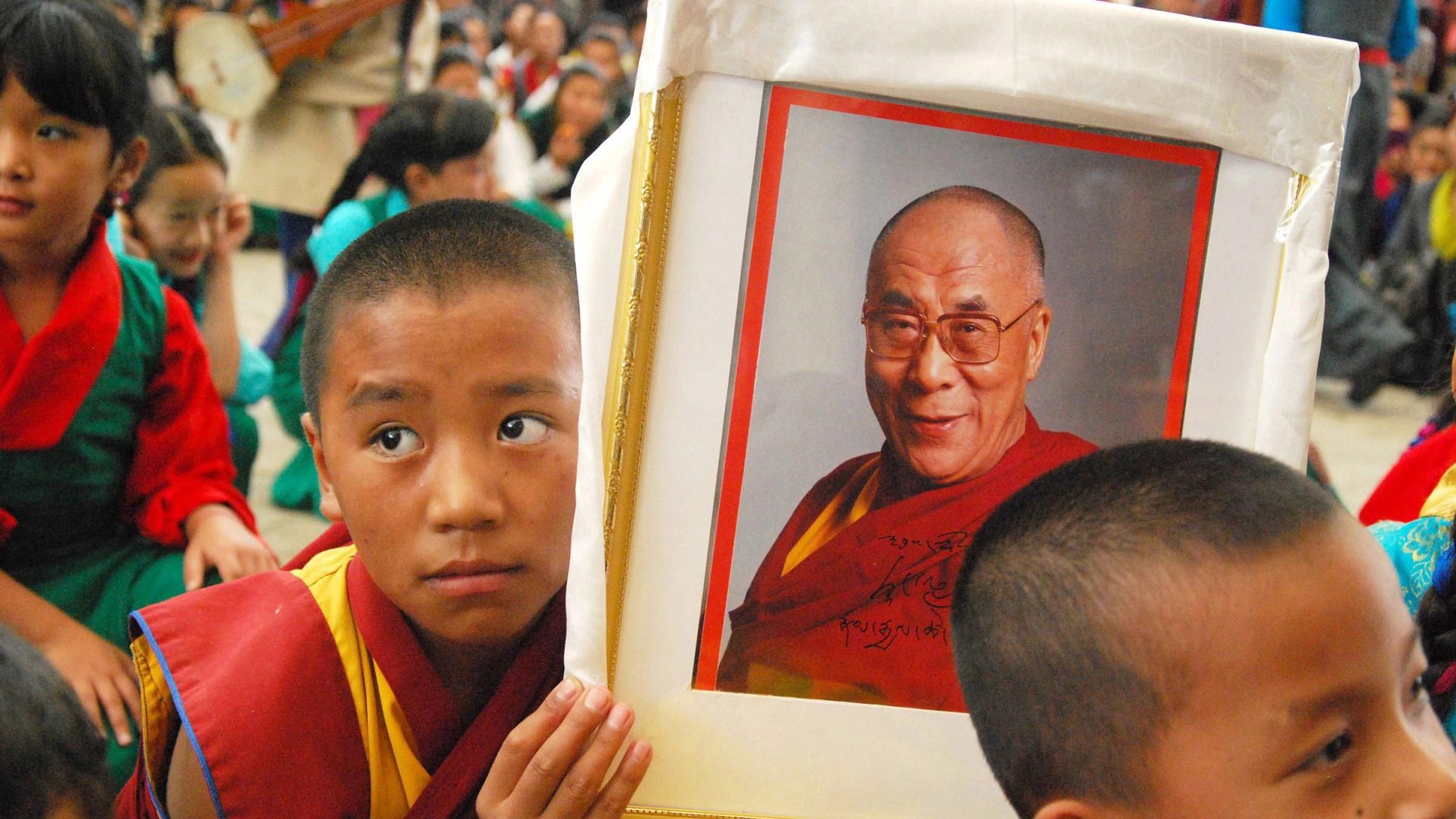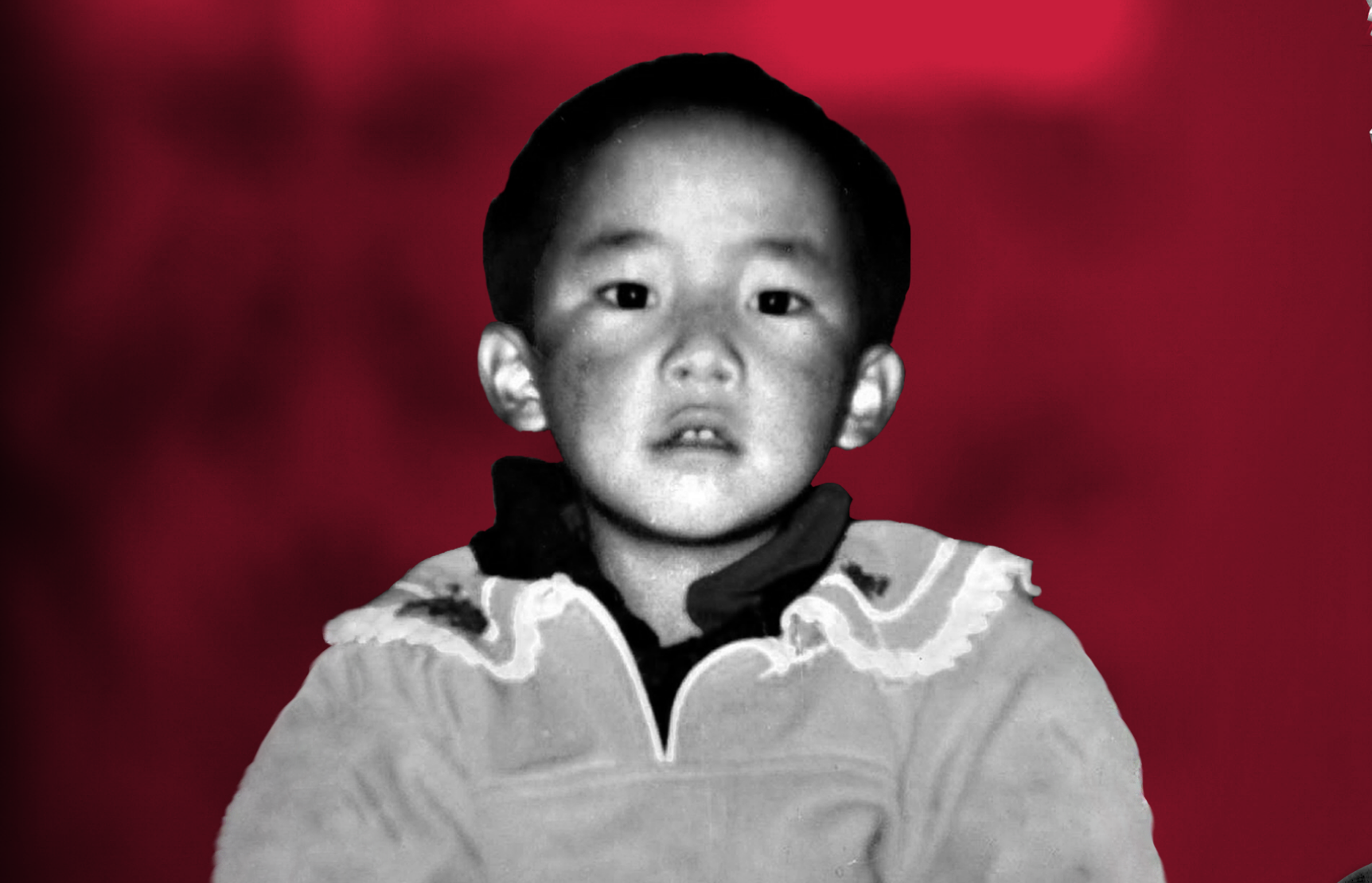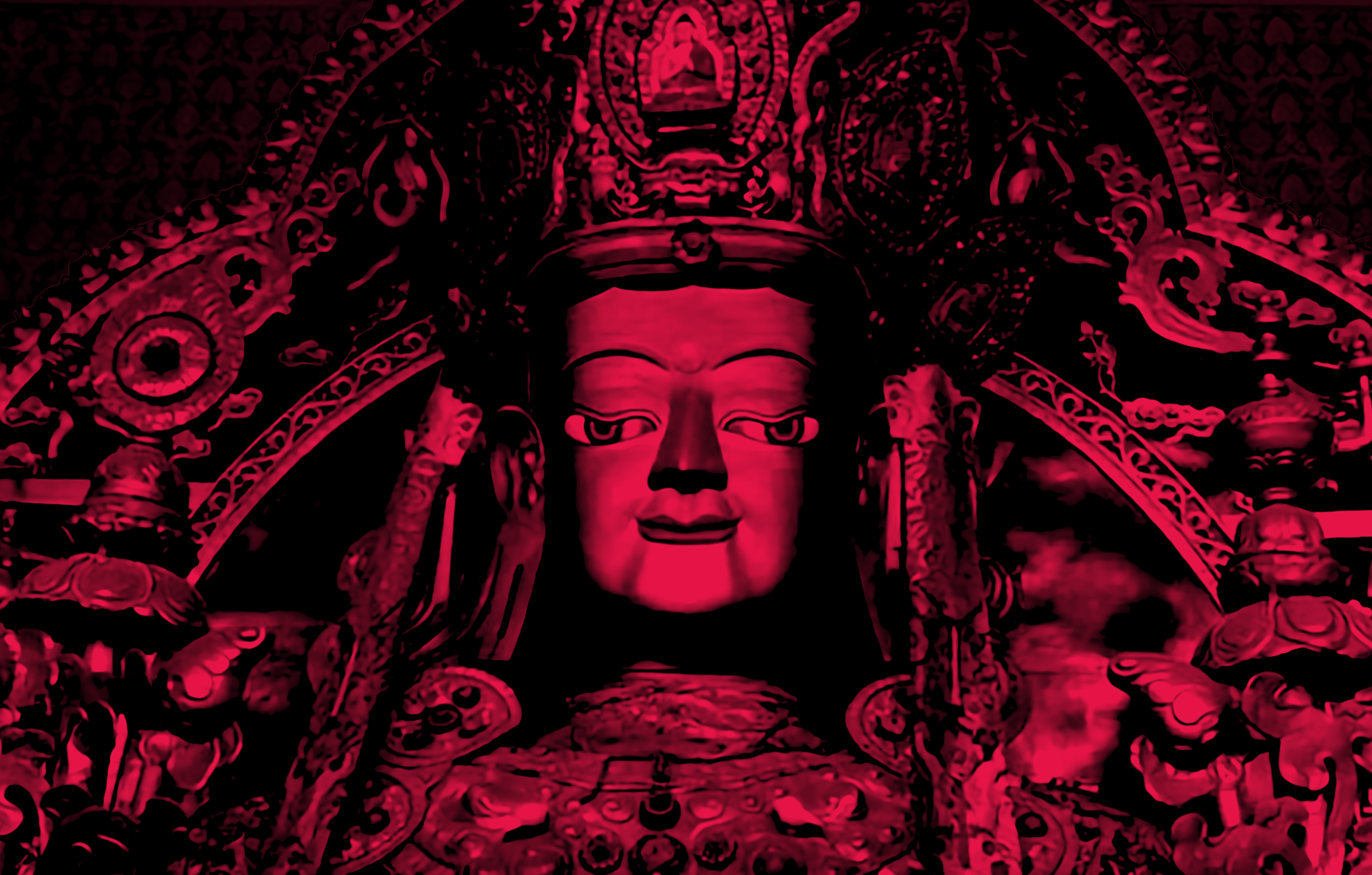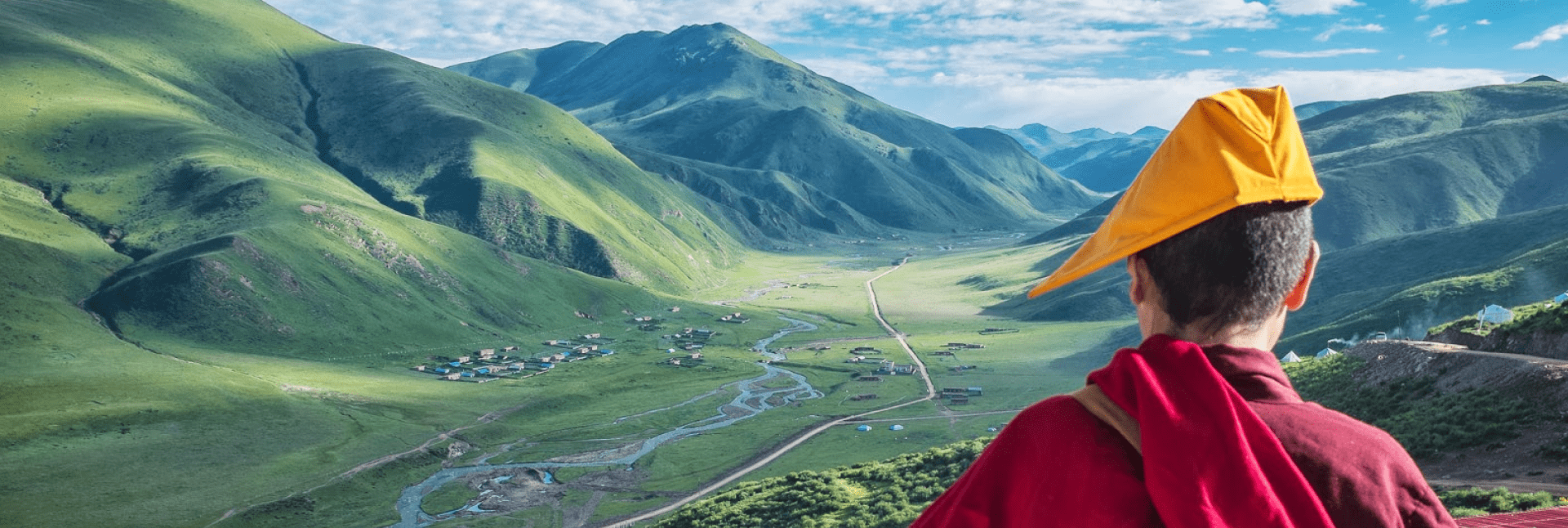In defiance of the deeply held wishes of the Tibetan people, China’s government plans to force through its own Dalai Lama.
The lineage of Dalai Lama stretches back to 1391. Throughout the following centuries, the Dalai Lama has played a central role as a religious authority, political leader and a symbol of Tibet, with an influence stretching far beyond the Tibetan plateau.
According to Tibetan Buddhists, when the time comes, the Dalai Lama is reincarnated, so that the new incarnation can continue the life’s work of their predecessor. The Chinese government may be strictly atheist, but it knows this, and recognises the importance of the 14th Dalai Lama, Tenzin Gyatso, to Tibetans’ struggle to protect their homeland and their identity. The 14th Dalai Lama has made clear that no Chinese-appointed Dalai Lama will be the legitimate leader of Tibetan Buddhism.
China already punishes Tibetans for practicing their religion as they choose. Its aim is to force a puppet Dalai Lama on Tibetans to neutralise Tibetan Buddhism’s independence and cement its hold on Tibet. It also hopes to undermine worldwide support for the Tibetan cause. Interfering in the selection of the Dalai Lama is a political act, a profound insult to the Tibetan people’s culture, desires and beliefs and a gross abuse of their religious freedom. China must be shown that its plan will fail.
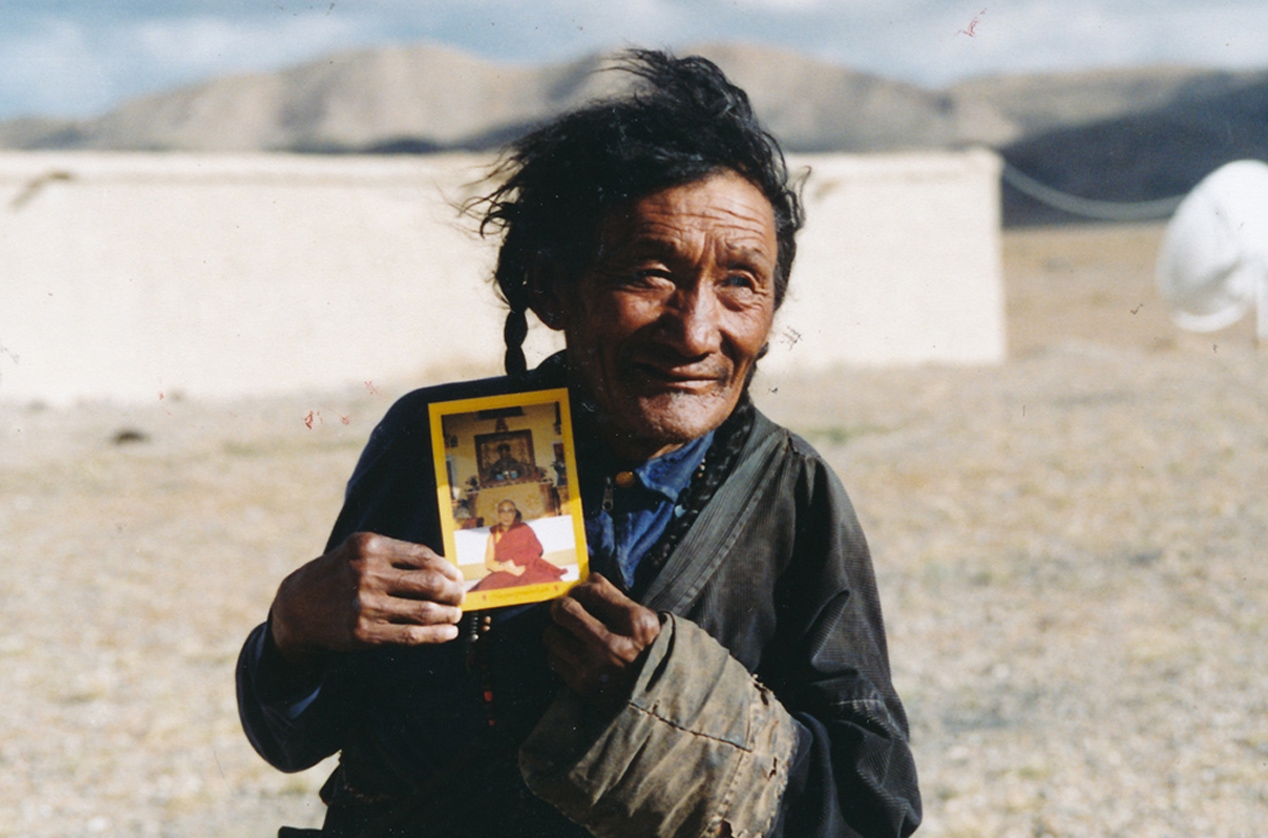
Tibetan man holding photo of the Dalai Lama. (Photo by Alain Laville)
Who is the Dalai Lama?
The 14th Dalai Lama is the spiritual leader of Tibetan Buddhism and the Tibetan people.
In the past, Dalai Lamas have also served as the political leaders of Tibet. The current Dalai Lama was exiled from Tibet in 1959 after an uprising against the Chinese occupation. He led the Tibetan government-in-exile for many years but has since passed his political authority to democratic institutions.
Tibetan Buddhists believe that the Dalai Lamas are the manifestation of the Buddha of Compassion and are enlightened beings, who have chosen to take rebirth (reincarnation) in order to serve humanity. The first Dalai Lama was identified in the 15th century.
The current Dalai Lama, Tenzin Gyatso, was born on 6 July 1935 in Amdo, Tibet. He was recognised as the reincarnation of the 13th Dalai Lama when he was two years old. When China invaded Tibet in 1950, he was forced to assume political power even though he was still a teenager.
After fleeing to India in 1959, the Dalai Lama became the highest-profile global advocate for Tibet and a highly respected religious and moral leader. He was awarded the Nobel Peace Prize in 1989 and continues to travel the world giving teachings on spiritual and ethical issues.
Discover More
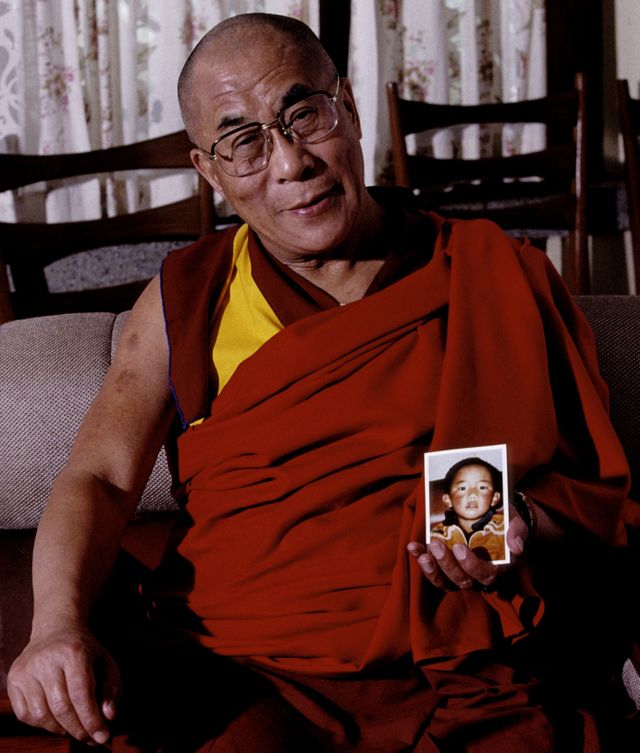
Dalai Lama holding photo of Panchen Lama
China’s Interference
The 14th Dalai Lama has said that the next Dalai Lama may be a woman or born outside Tibet. He has also said that he may not be reincarnated at all, and the line of Dalai Lamas could end with him. Despite being an officially atheist regime, China’s Communist government has strongly rejected his position, claiming that the appointment of Dalai Lamas is a matter for the government in Beijing.
Chinese government interference in the process of selecting the next Dalai Lama has already begun.
Traditionally the Panchen Lama (the second highest Lama in Tibet) would be an important part of the Dalai Lama selection process. However, In 1995, Ghedhun Choekyi Nyima, who had been identified by the Dalai Lama as the new Panchen Lama, was abducted by China and replaced with its own candidate. The Beijing-approved Panchen Lama is rejected by almost all Tibetans.
The independence of Tibetan Buddhism and the religious freedom of Tibetans must be asserted.
